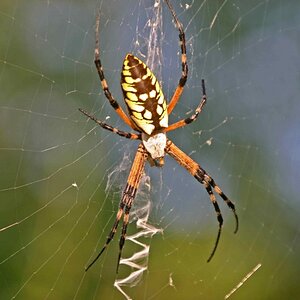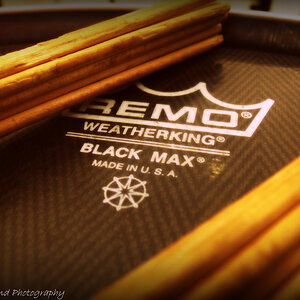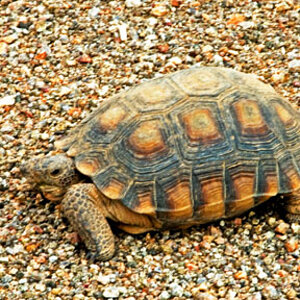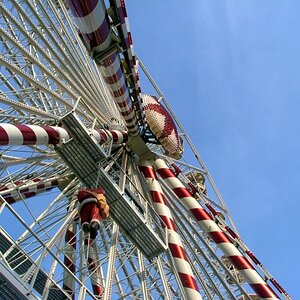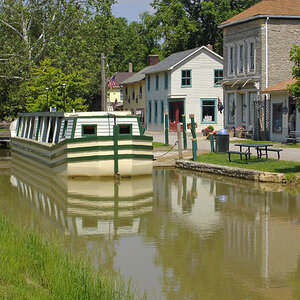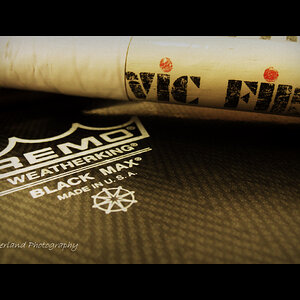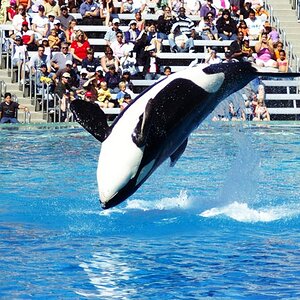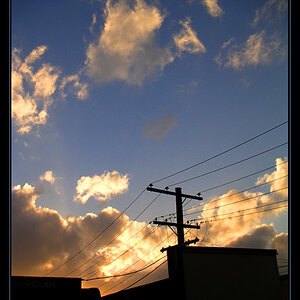Natred
TPF Noob!
- Joined
- Feb 6, 2011
- Messages
- 15
- Reaction score
- 0
- Location
- Grand Junction, CO
- Can others edit my Photos
- Photos OK to edit
Hey everyone! I'm brand new here. I plan on looking around after I'm done with this post. 
I have been doing photography professionally for 5 years. I don't have a fancy camera(canon rebel xti)and I use 4 alienbees 800w flash units with umbrellas in my studio. I recently started doing food shot's for a local fast food place. I am used to portraiture so this is quite different for me. I am in need of some critiquing on the shot's I got. I am not exactly sure how to set up my lights for this and I don't know what settings to use on my camera. for all these shot's I used 2 flash units with umbrellas One was placed directly above the food and the other was placed directly to the right to me, on the same level as the camera. Does that make sense? The settings on my camera were ISO 100 and shutter speed 1/125 with Fstop at 7.0. I have included a pic of the set up too it's the last photo.
If someone has experience in this area with the presentation of the food and lighting, I would LOVE to hear it. Any help is greatly appreciated.
Naturally Red Photography By Renee Parkes | Chuck & Kluck
I have been doing photography professionally for 5 years. I don't have a fancy camera(canon rebel xti)and I use 4 alienbees 800w flash units with umbrellas in my studio. I recently started doing food shot's for a local fast food place. I am used to portraiture so this is quite different for me. I am in need of some critiquing on the shot's I got. I am not exactly sure how to set up my lights for this and I don't know what settings to use on my camera. for all these shot's I used 2 flash units with umbrellas One was placed directly above the food and the other was placed directly to the right to me, on the same level as the camera. Does that make sense? The settings on my camera were ISO 100 and shutter speed 1/125 with Fstop at 7.0. I have included a pic of the set up too it's the last photo.
If someone has experience in this area with the presentation of the food and lighting, I would LOVE to hear it. Any help is greatly appreciated.
Naturally Red Photography By Renee Parkes | Chuck & Kluck
Last edited:


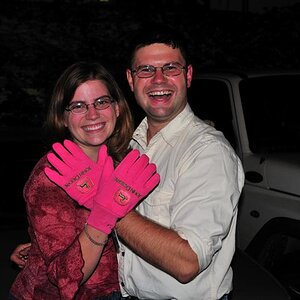
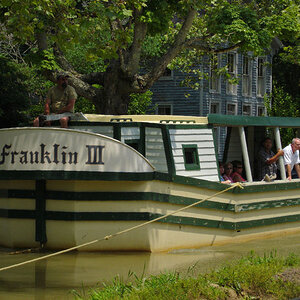
![[No title]](/data/xfmg/thumbnail/41/41931-485b5f9a9f3736e9ed9d96ecdf639921.jpg?1619739946)
